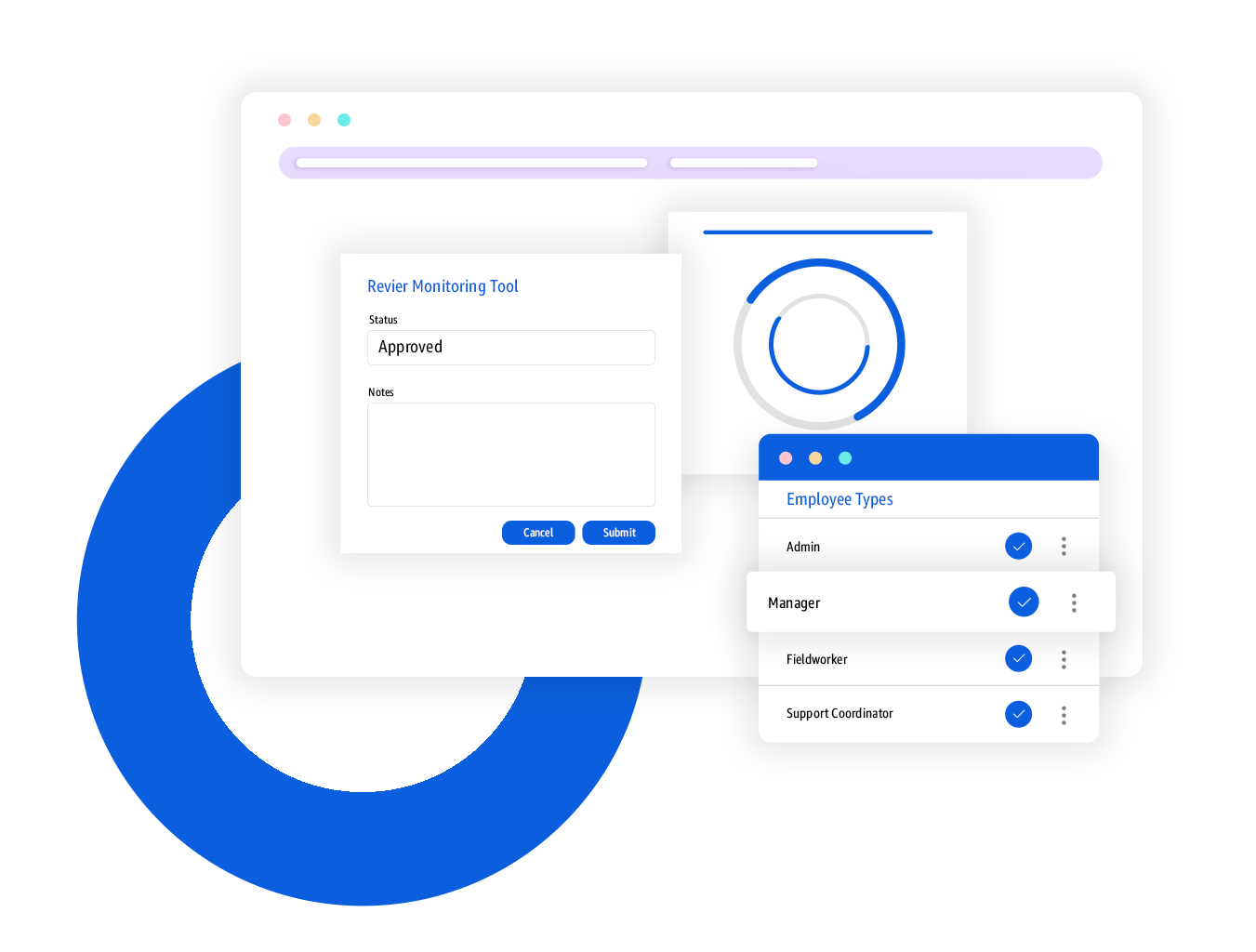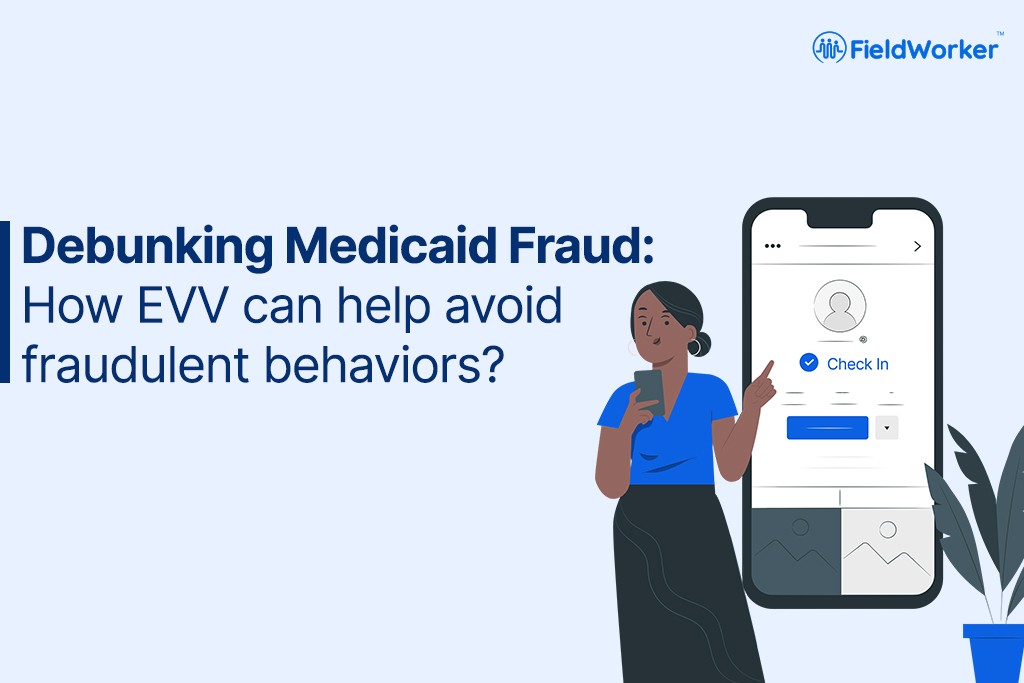Imagine that you’re anticipating an important meeting at work that’ll determine your raises for the upcoming fiscal year. You have arranged for a carer for your loved one at home and are expecting his arrival. Nevertheless, the person didn’t show up, and the home care agency is still billing you for the caregiver visit that never took place. In addition to the crucial meeting that you missed, you’ll undoubtedly be agitated by this scenario. But the only thing you can do is file a complaint, and that’s it.
Many fraudulent behaviors like this and others such as neglect, abuse, etc., are happening in the caregiving industry. Medicaid fraud, Medicare fraud and abuse, and healthcare theft are common crimes that can lead to jail time and prosecution of the offender. But many continue to hide behind the ‘don’t ask, don’t tell’ policy that says you can do whatever you want as long as no one finds out or complains about it. The problem with these crimes is that they go undetected a lot of the time.
This is where Electronic Visit Verification (EVV) comes into play as a solution to curb such fraudulent acts.
According to a recent report by the Government Accountability Office, Medicaid fraud costs Medicare and taxpayers billions of dollars each year. This high level of fraud leads to decreased quality of care and substandard services for patients. The good news is that there are various ways to prevent Medicaid fraud through using Electronic Visit Verification (EVV), an EHR-based tool to validate data submitted by Medical Assistance health care providers with state agencies.
We’re sure you have questions about EVV. Here’s what you need to know about it;
What is EVV?
A tracking system called Electronic Visit Verification (EVV) mandates electronic confirmation whenever a client receives home health or personal care services paid for by Medicaid.
A computer-based system called EVV is used to electronically record and verify information on how specific Medicaid service visits were carried out, including the date, time, service type, and location.
What does EVV capture?
The Electronic Visit Verification system will reduce false claims for medical services. Since EVV captures the below data:
1. Date of Service
2. Location of Service
3. Type of Service
4. Individuals receiving service
5. Individual rendering assistance
6. Start/end time of service
Who is accountable for EVV, and what is the mandate?
The 21st Century Cures Act’s Section 12006(a) requires states to implement EVV for all Medicaid personal care services (PCS) and home health services (HHCS) that call for in-home carer visits.
By January 2023, all states must implement EVV for Medicaid-funded personal care services. This is mandated by federal law, Subsection l of Section 1903 of the Social Security Act (42 USC 1396b).
What does EVV serve to achieve?
A device called Electronic Visit Verification (EVV) is used to confirm that service visits to homes or communities actually take place. The goal of EVV is to guarantee that services are provided to individuals who require them and that providers only charge for services actually provided. EVV makes it easier to confirm that the home care services being billed are for actual visits done by the carers. It links with payroll, tracks caregivers’ locations, and alerts managers when there are suspicions of abuse or neglect.
Now that we know about EVV, let’s understand the benefits.
How will EVV help?
Better oversight:
Electronic visit verification software often provides management with a digital record of where each caregiver is or has been using mobile apps with GPS check-ins. With the use of computerized visit verification software, managers will also be able to keep track of the completion of tasks and reports. Additionally, this is key; managers can use the mobile app to connect with caregivers while on the move securely. Any other form of contact could violate patients’ rights to privacy.
More adherence:
As was already mentioned, the visit start and finish times are noted for electronic visit verification. By doing this, caregivers won’t be able to submit phony timesheets or demand reimbursement for visits they didn’t make. When they are aware that visits are being recorded, caregivers are considerably less inclined to cancel them. Even though not all managers are aware, timesheet or time card fraud can cost you up to 7% of your total compensation.
Compliance:
Of course, the main benefit of employing EVV is guaranteeing compliance with rules. If this mandate applies to you, you already participate in federal healthcare programs like Medicaid or Medicare. Without electronic visit verification, your business cannot comply with the law. This would make it more likely that your facility would be shut down and prevent you from taking part in those projects.
How to start with EVV?
It would be best if you start by researching the requirements in your state because every state has its unique set of rules for implementing EVV.
The State EVV Solution or a third-party EVV solution should be your first choice. Before implementation, you might also need to complete any necessary training. Finding EVV software that can satisfy regulatory requirements while optimizing your business’s processes is the next step in the process.
Agencies need to be certified, like the CMS, in order to adhere to national and state requirements. Medicaid cannot reimburse an organization for care services rendered under Medicaid if it lacks CMS certification.
Things to keep in mind while implementing EVV
The use of technology to enhance home care must be made clear to clients and their families. Now, everything is simple and quick, including verifying the position of the caregiver and clocking in and out. The key benefit of client education for an agency is that they help the agency easily integrate and use technology.
The Senior and Disabilities Services (SDS) has established several standards to ensure that only those qualified to offer care services do so and that services are carried out safely and effectively. All agencies should keep these standards in mind while hiring care personnel.
Smarter and Safer Healthcare
Implementing EVV as soon as possible is crucial because the deadline is getting closer. The state will consider no Medicaid claims if the organization doesn’t adhere to federal and state EVV regulations.
EVV is one step closer to eliminating fraud in the home healthcare industry. If you have any queries or questions about EVV, then please leave them in the comment section below. We’ll clarify any doubts or queries you may have.
To know more about EVV and its implementation please, kindly contact us for a quick demo of our solution.

